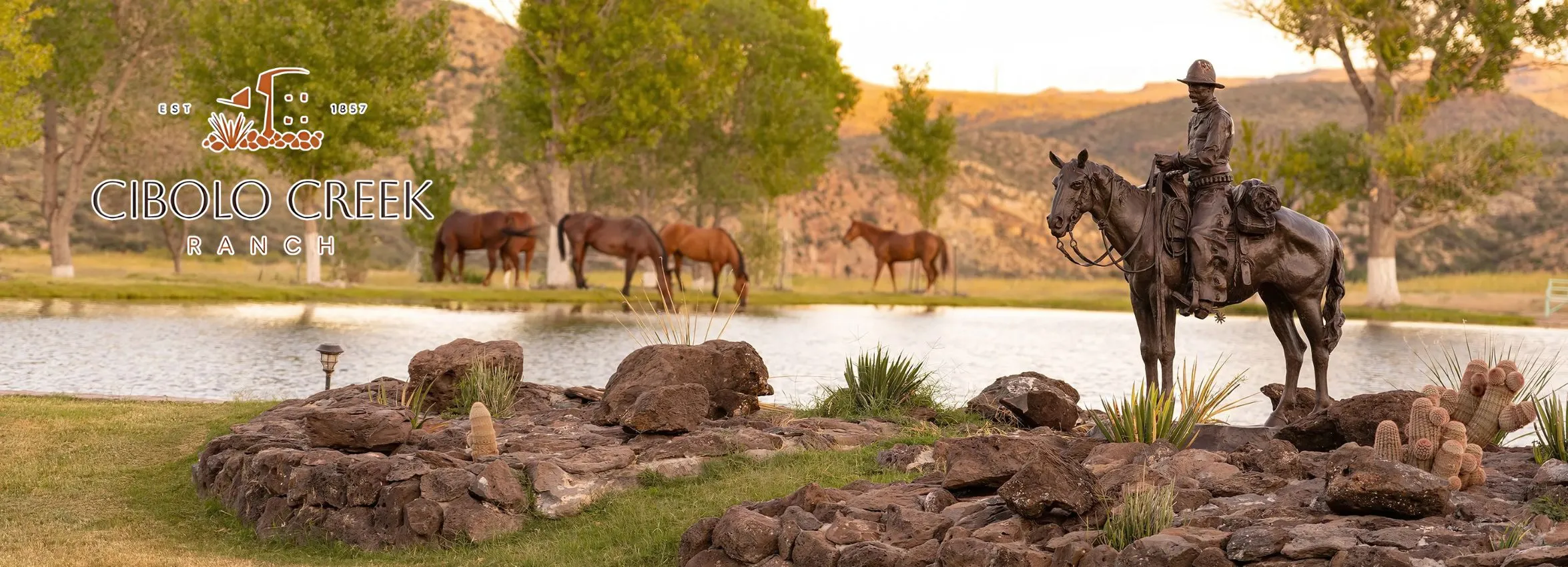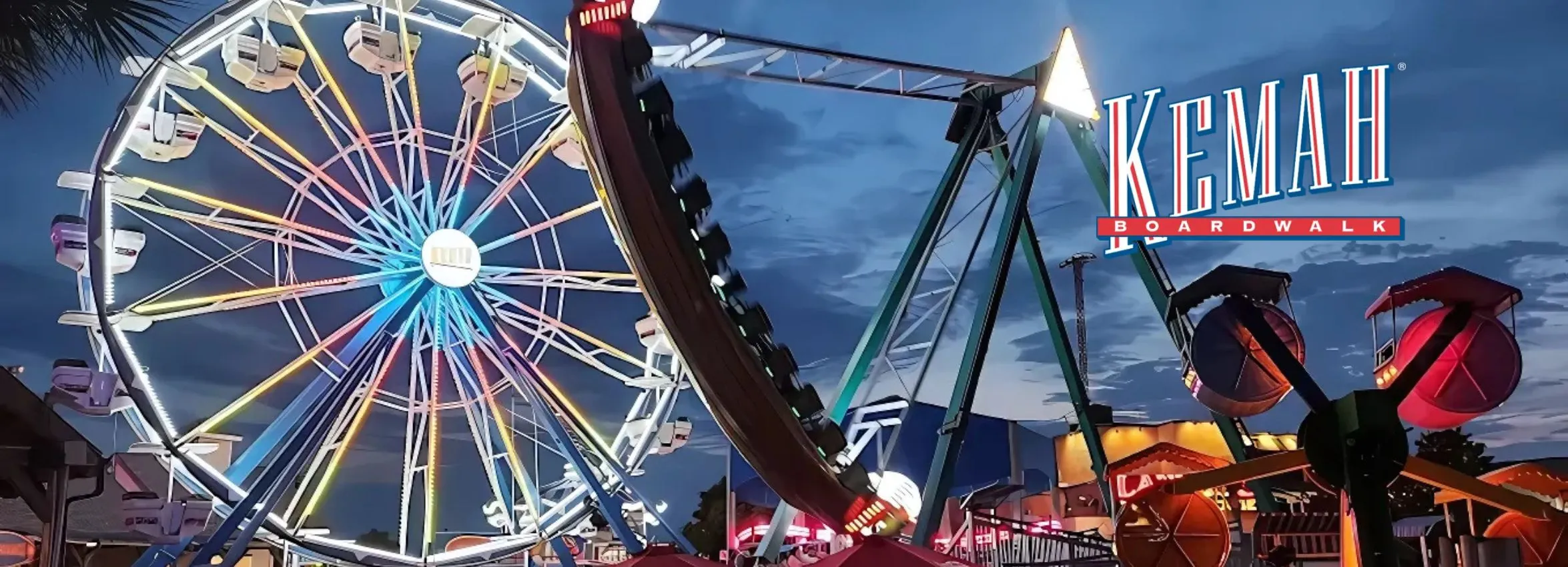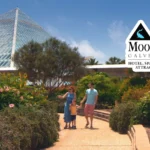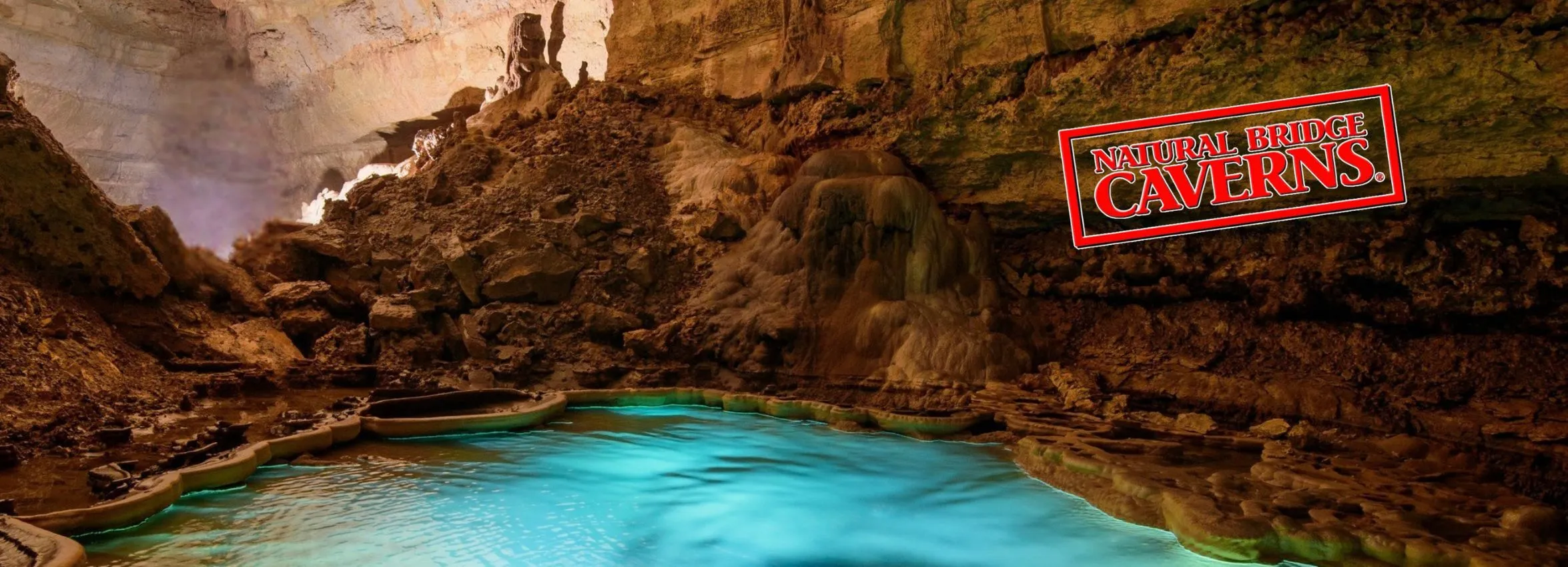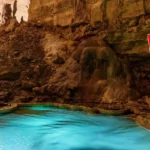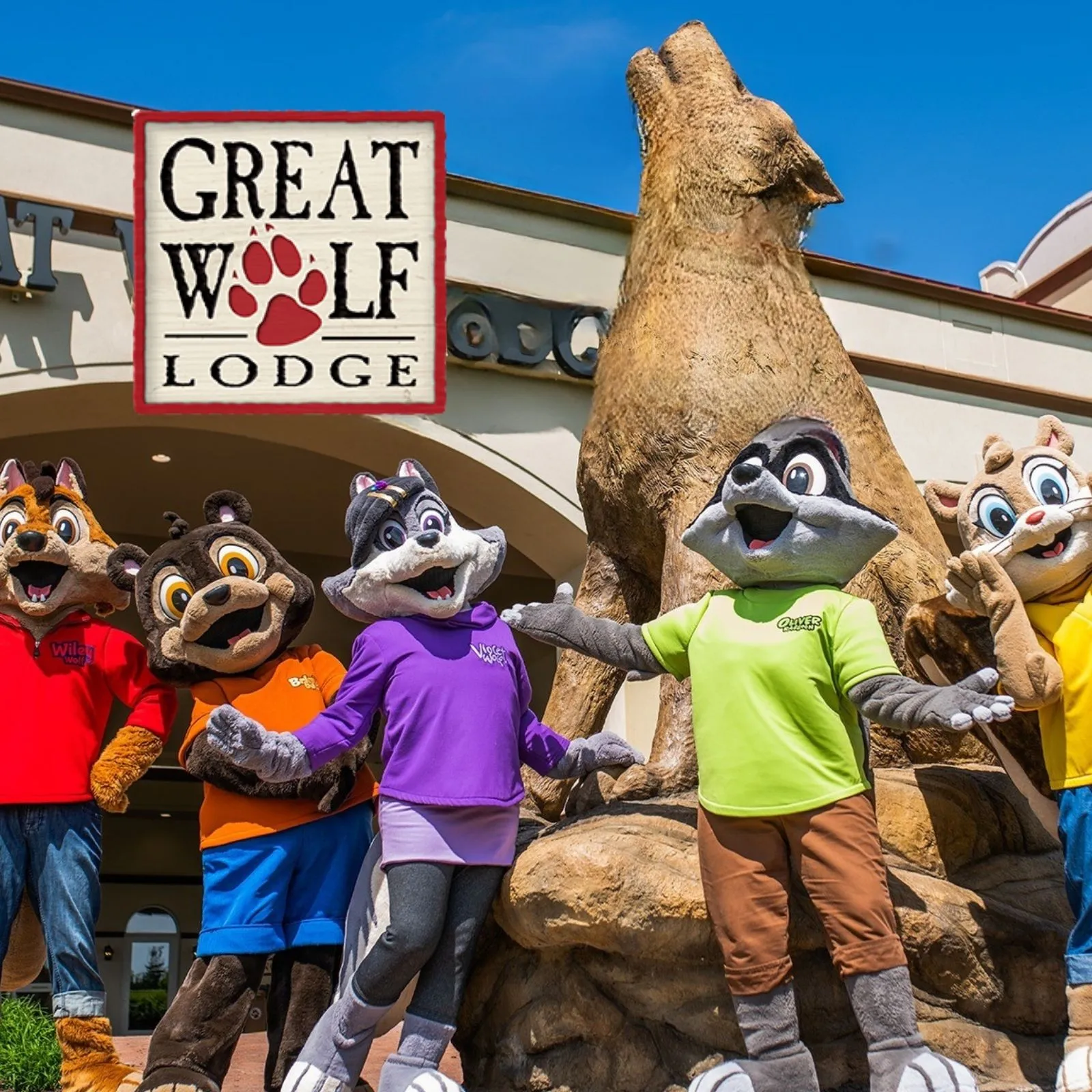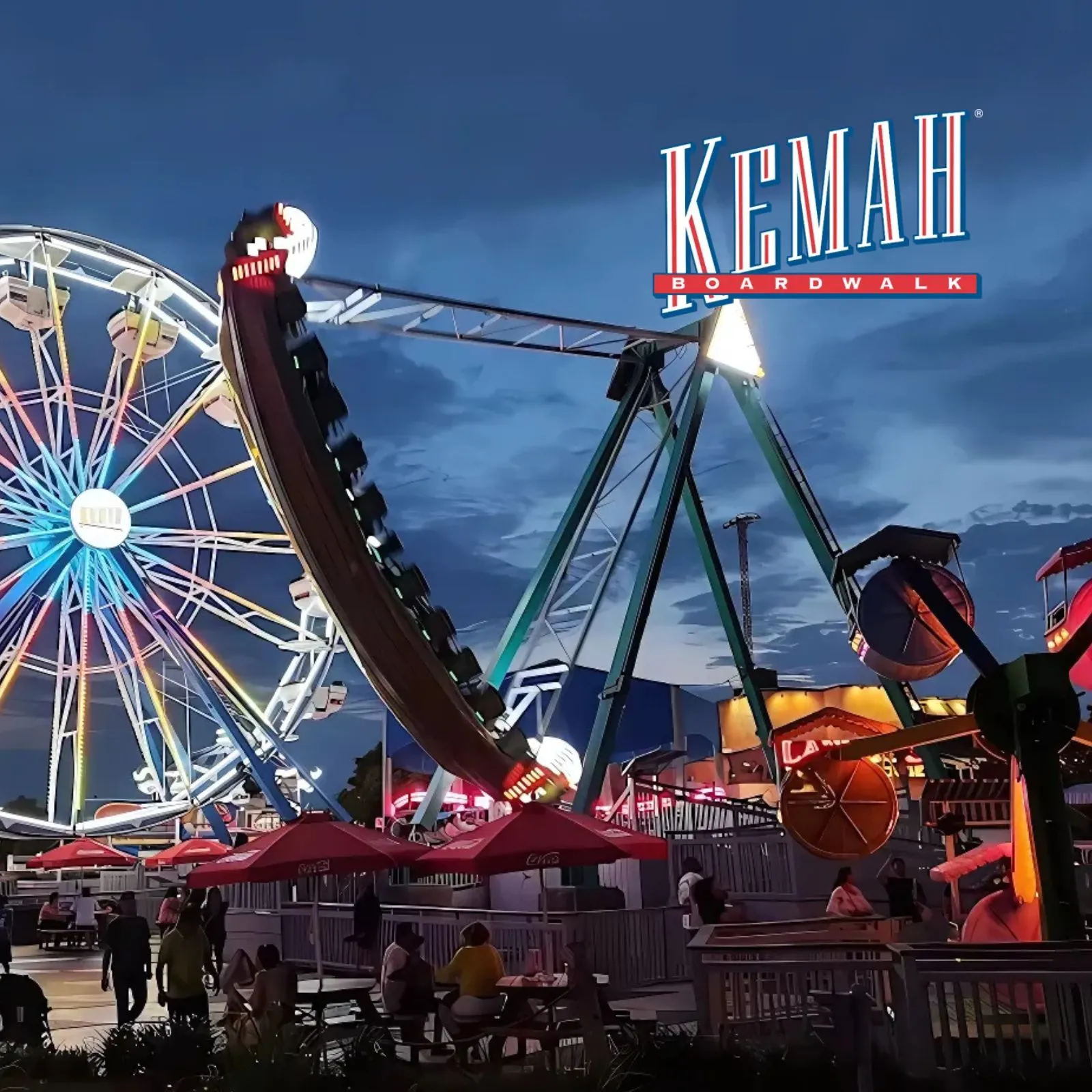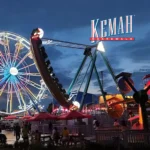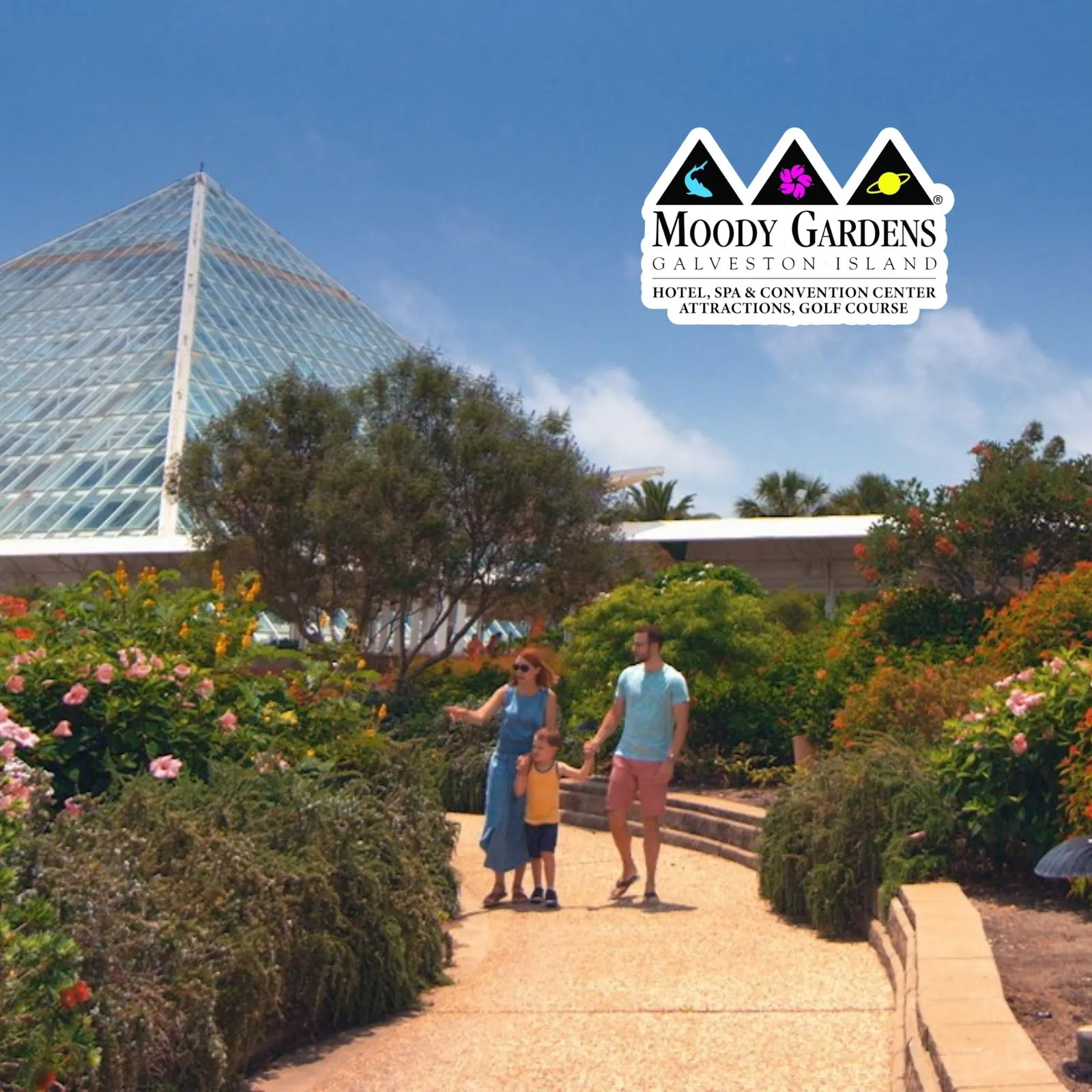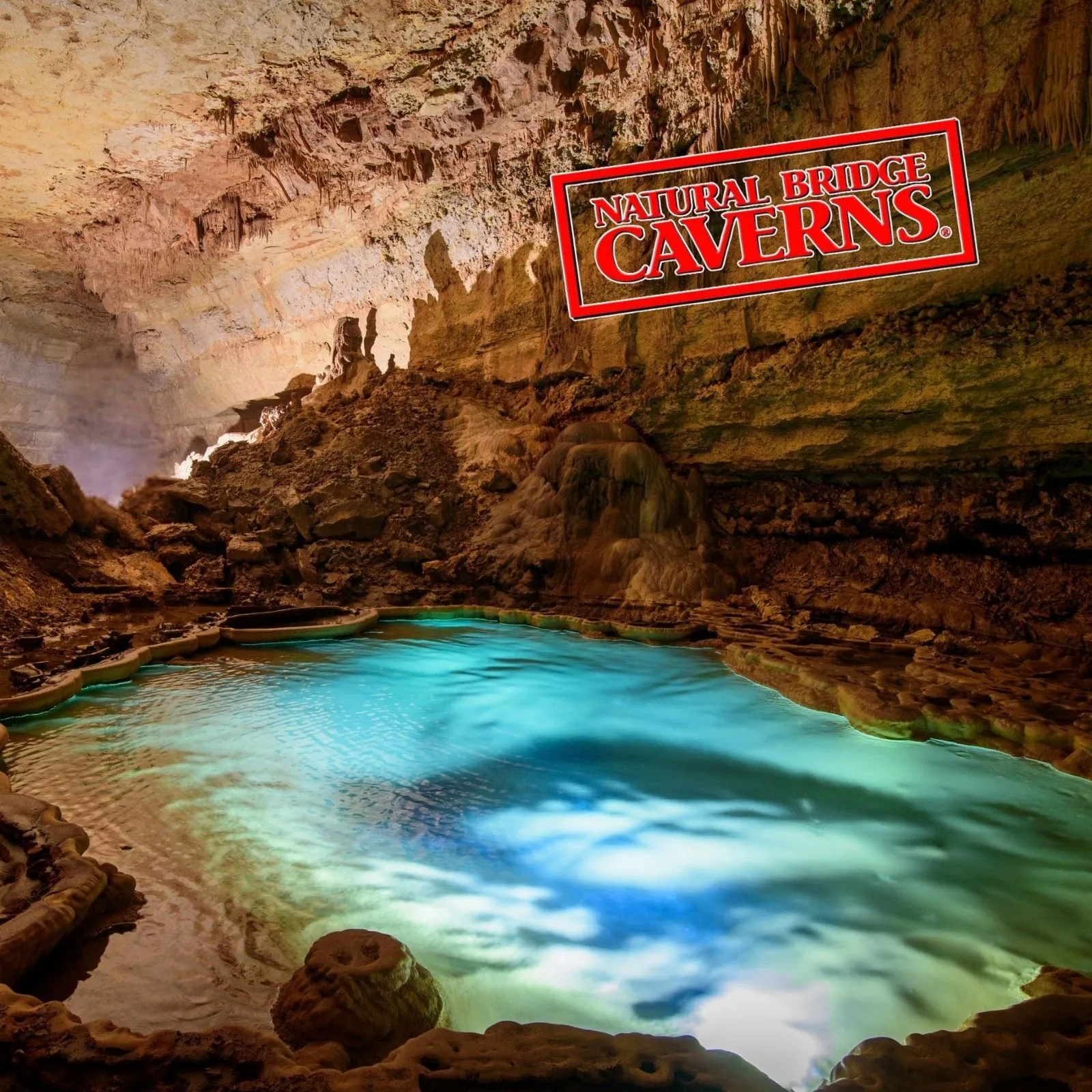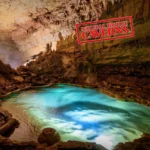The Ultimate Maryland History Trail: Top Museums, Missions & Historic Towns (Currently Open)
Maryland wears its history on its sleeve. From Indigenous homelands and early colonial experiments to Revolutionary flashpoints, Civil War battlefields, and the industrial age that helped shape America, the Old Line State offers an unusually rich mix of museums, missions, and historic towns that are very much alive and open to explore. This guide curates a skimmable, mobile-friendly trail you can tackle in a long weekend or stretch into a leisurely road trip—complete with insider tips, family-friendly ideas, and the most evergreen, shareable highlights.
Whether you’re a lifelong Marylander, a curious road-tripper, or a family planning a meaningful getaway, use this as your go-to blueprint for seeing the state’s past in ways that feel fresh, immersive, and surprisingly fun.
How to Use This Trail
Mix & match. Each stop stands on its own, but taken together they trace an arc from Maryland’s colonial roots to modern identity.
Plan by region. This trail spans the Eastern Shore, Southern Maryland, Central Maryland, and Western Maryland—you’ll find geographic balance baked in.
Think themes. Maritime heritage, faith communities, the Civil War, railroads, abolition and the Underground Railroad, and the birth of the American anthem all come into focus here.
Historic St. Mary’s City (St. Mary’s County): Where the Colony Began
Why go: Historic St. Mary’s City is an award-winning, outdoor living-history museum on the site of Maryland’s 1634 capital. Walkable exhibits, reconstructed buildings, archaeology in action, and staff interpreters bring the 17th century to life.
Don’t miss
The State House of 1676 (reconstructed) and the surrounding townscape.
Mary’s City waterfront, including the tall ship Maryland Dove (a recreation sailing symbol that interprets early voyages).
Archaeological labs and active digs—great for kids who like hands-on learning.
Good to know
Family-friendly, stroller-friendly paths, and seasonal programs.
Pair with nearby St. Clement’s Island Museum, honoring the first landing of English settlers in Maryland.
Fort McHenry National Monument & Historic Shrine (Baltimore): Birthplace of the Anthem
Why go: During the War of 1812, Fort McHenry’s defense of Baltimore inspired Francis Scott Key to pen “The Star-Spangled Banner.” Today, it’s a moving waterfront site where you can walk the ramparts and watch the huge flag unfurl over the harbor.
Don’t miss
The short orientation film for context, then a self-guided fort walk.
Ranger talks that connect the battle to the broader arc of American identity.
Picnicking on the grounds with harbor views—simple, memorable, and photogenic.
Good to know
Combine with a harbor stroll or a visit to Federal Hill, Fells Point, or downtown museums for a full Baltimore day.
Maryland Center for History and Culture (Baltimore): State Story, Big Picture
Why go: Formerly the Maryland Historical Society, the Maryland Center for History and Culture houses a deep collection—fine art, manuscripts, maps, and artifacts—that frame Maryland’s role from Indigenous nations and early settlement through industry, immigration, and civil rights.
Don’t miss
Period rooms and rotating exhibitions that showcase Marylanders’ everyday lives.
Archival treasures that knit together coastal, rural, and urban histories.
Good to know
Excellent for research-minded travelers or families seeking an overview before hitting site-specific stops.
U.S. Naval Academy & Museum (Annapolis): Maritime Power, Living Tradition
Why go: In Annapolis, the U.S. Naval Academy Museum and campus tours deliver a crisp look at American naval history, midshipmen traditions, and the technology that shaped sea power.
Don’t miss
The museum’s ship model collection and artifacts from storied vessels.
A guided yard tour for architecture, chapel visits, and ceremonial spaces.
A stroll through Historic Annapolis—brick streets, 18th-century homes, and the Maryland State House.
Good to know
Bring a photo ID for campus access; reserve tours in advance, especially in peak seasons.
Annapolis is compact: add waterfront dining or a short harbor cruise to round out the day.
Chesapeake Bay Maritime Museum (St. Michaels): Working Waterfront Heritage
Why go: On the Eastern Shore, St. Michaels hosts a museum campus that feels like its own historic village, telling the story of Bay boatbuilding, oystering, crabbing, and watermen culture.
Don’t miss
The working shipyard, where craftsmen restore historic vessels.
The 1879 Hooper Strait Lighthouse, moved here and open to climb.
Seasonal boat rides and kid-friendly hands-on exhibits.
Good to know
Pair with time on Talbot Street for boutiques and seafood—classic Eastern Shore.
Harriet Tubman Underground Railroad Visitor Center & Scenic Byway (Church Creek & Beyond)
Why go: This powerful, contemporary center sits near landscapes where Harriet Tubman was born and where she began her heroic rescues. It anchors the Underground Railroad Scenic Byway, dotted with viewpoints and interpretive stops across Dorchester and Caroline Counties.
Don’t miss
The visitor center’s immersive exhibits—moving and accessible to all ages.
Blackwater National Wildlife Refuge overlooks that show how the marsh shaped both daily life and escape routes.
The Byway driving route, with wayfinding that ties history to place.
Good to know
Consider a half-day here to absorb the stories. The emotional impact is real—bring tissues, pace yourself, and allow time for reflection.
Antietam National Battlefield (Sharpsburg): The Civil War’s Pivotal Day
Why go: Antietam (September 17, 1862) was the bloodiest single day in American military history—and a turning point that set the stage for the Emancipation Proclamation. Today, its fields are hauntingly serene and meticulously interpreted.
Don’t miss
Dunker Church, The Cornfield, Burnside Bridge—iconic battlefield sites.
The auto tour with wayside exhibits; ranger programs are outstanding.
Sunset or early morning light for contemplative walks.
Good to know
Combine with the historic towns of Sharpsburg, Shepherdstown (nearby in WV), or Hagerstown for dining and overnights.
Wear sturdy shoes; trails can be uneven.
National Museum of Civil War Medicine (Frederick): Innovation Under Fire
Why go: In the historic downtown of Frederick, this museum showcases how wartime necessity revolutionized triage, evacuation, and hospital care—innovations that still inform modern medicine.
Don’t miss
Evocative medical kits, stretchers, and field hospital scenes.
Personal narratives that humanize doctors, nurses, and patients.
Good to know
Frederick is walkable and charming, with canal-side paths, boutiques, and restaurants—plan a full day here.
B&O Railroad Museum (Baltimore): The Birth of American Railroading
Why go: Housed in a landmark roundhouse, the B&O Railroad Museum preserves the earliest days of U.S. rail travel, from pioneer locomotives to Pullman cars—perfect for families and train lovers.
Don’t miss
The Mile One track and historic rolling stock.
Seasonal train rides and special events for kids.
Good to know
Combine with Fort McHenry or the Maryland Science Center for a Baltimore mega-day.
C&O Canal National Historical Park (Williamsport, Hancock, & Cumberland): Canal Towns & Towpaths
Why go: The Chesapeake & Ohio Canal stitched together commerce along the Potomac for nearly a century. Today the park preserves lockhouses, aqueducts, and a beautiful towpath that’s a cyclist’s dream.
Don’t miss
Williamsport Visitor Center for interactive canal exhibits.
Historic lock demonstrations (seasonal) and canal boat rides.
Towpath stretches around Hancock or Cumberland for scenic, low-stress biking.
Good to know
Rent bikes or bring your own; the crushed-stone path is family-friendly and mostly flat.
St. Ignatius Church, Chapel Point (Port Tobacco): Maryland’s Oldest Catholic Parish in Continuous Use
Why go: Founded by Jesuit missionaries in the 1640s, St. Ignatius reflects Maryland’s early experiment in religious toleration and the Catholic heritage that set the colony apart.
Don’t miss
The simple, beautiful church overlooking the Port Tobacco River.
The cemetery and grounds, which tell a community story across centuries.
Good to know
This is an active parish—check mass times and be respectful of services and events.
Old Trinity Church (Church Creek): A 17th-Century Survivor
Why go: Dating to circa 1675, Old Trinity is one of the oldest churches still in use in the U.S. Its modest brick walls and tranquil churchyard embody the spare beauty of early Anglican worship on the Eastern Shore.
Don’t miss
The interior woodwork and historic grave markers.
The quiet feel of a place that has witnessed 300+ years of local life.
Good to know
Often open to visitors during daylight; donations help with preservation.
Ellicott City Historic District (Howard County): Mill Town with Staying Power
Why go: Built along the Patapsco River as a grain-milling and railroad hub, Ellicott City pairs sturdy 19th-century architecture with independent shops, galleries, and eateries.
Don’t miss
The B&O Ellicott City Station Museum—the oldest surviving railroad station in the U.S.
Hilly streets, stone storefronts, and seasonal festivals.
Good to know
Wear comfortable shoes—Main Street has grade changes.
Support local businesses still recovering from past floods—your visit matters.
Chestertown (Kent County): Colonial Port with Revolutionary Spirit
Why go: On the Upper Eastern Shore, Chestertown preserves its 18th-century street plan and waterfront and celebrates its history with traditions like the Chestertown Tea Party Festival (late spring).
Don’t miss
Washington College campus heritage and the brick-lined Historic District.
Waterfront strolls and galleries—ideal for a low-key cultural day.
Good to know
Make it a weekend with a B&B stay and dinner in town.
Berlin (Worcester County): “America’s Coolest Small Town” with Victorian Charm
Why go: Minutes from the beaches of Ocean City, Berlin is a picture-perfect Victorian town center with antique shops, murals, and a film pedigree (“Runaway Bride,” “Tuck Everlasting” filmed here).
Don’t miss
The Taylor House Museum for local history.
Seasonal Main Street events and farmers markets.
Good to know
Combine with a Assateague Island detour (wild horses!) for a history-plus-nature day.
Havre de Grace (Harford County): Where the Bay Becomes the River
Why go: At the Susquehanna River’s mouth, Havre de Grace mixes maritime heritage with postcard views and a handsome downtown.
Don’t miss
Concord Point Lighthouse and the Havre de Grace Maritime Museum.
The Promenade boardwalk—short, scenic, and stroller-friendly.
Good to know
Ideal for a family half-day: easy walking, ice cream stops, water views.
Frederick Historic District (Frederick County): Canal, Spires & Civil War Echoes
Why go: Frederick threads together colonial streets, church spires, the Carroll Creek Park canal walk, and proximity to Civil War sites and the National Museum of Civil War Medicine.
Don’t miss
Carroll Creek’s art installations and bridges.
Clustered Spires skyline views and outstanding dining for a small city.
Good to know
Plan a full day—Frederick rewards slow wandering and café breaks.
Baltimore’s Neighborhoods as Time Capsules: Fell’s Point, Mount Vernon & Federal Hill
Why go: Baltimore’s identity is best read neighborhood by neighborhood. Fell’s Point echoes maritime trade and immigration; Mount Vernon centers on culture and Gilded-Age grandeur; Federal Hill looks over the harbor that shaped a city.
Don’t miss
Brick sidewalks and cobbled lanes in Fell’s Point.
The Washington Monument (Baltimore’s original) and surrounding museums in Mount Vernon.
Federal Hill Park views—sunrise and sunset are magic.
Good to know
Link neighborhood walks with core museums for a full urban history day.
Build Your Own Maryland History Itinerary
Classic 2-Day Sampler (Central + Baltimore)
Day 1 (Baltimore): Fort McHenry → B&O Railroad Museum → dinner in Fell’s Point.
Day 2 (Annapolis): U.S. Naval Academy Museum & yard tour → Historic District stroll → State House visit.
Eastern Shore Immersion (2–3 Days)
Day 1: Harriet Tubman Underground Railroad Visitor Center → Blackwater Refuge overlooks.
Day 2: Chesapeake Bay Maritime Museum (St. Michaels) → lighthouse climb → stroll & seafood.
Day 3 (optional): Old Trinity Church → Berlin historic district → Assateague Island sunset.
Civil War & Canal Country (Western MD, 2 Days)
Day 1: Antietam National Battlefield → Sharpsburg lunch → Shepherdstown river views.
Day 2: C&O Canal towpath biking (Williamsport or Hancock) → Cumberland train or museum add-on.
Practical Tips for a Seamless History Trail
Seasonality & Hours
Many sites are open year-round, but hours vary by season. Double-check visitor centers and guided tour times, especially in winter or shoulder months.
Tickets & Access
Reserve timed entries or guided tours for popular sites (Naval Academy, some museum special exhibits).
National Park sites often have America the Beautiful pass access; bring it if you have one.
Mobility & Family-Friendliness
Forts, towpaths, and outdoor museums are generally stroller-friendly; interiors of 17th–18th-century buildings may have steps.
Ask about sensory-friendly hours or materials—several museums offer them.
Dining & Overnights
Anchor nights in Annapolis, Baltimore, Frederick, or St. Michaels for easy walkability to restaurants after a day of touring.
On the Eastern Shore, choose a B&B to lean into the slow-travel feel.
What to Pack
Comfortable shoes, water bottle, weather layers (harbor breezes can change quickly), and a small daypack for kids’ snacks and sunscreen.
Frequently Asked Questions
Are these sites really “currently open”?
Yes—each stop listed operates with published visiting hours. Always verify same-day hours (holiday schedules, special events, or weather can adjust opening times).
Is this trail good for kids?
Absolutely. Choose a mix of indoor and outdoor stops—e.g., pair a hands-on museum (B&O, Maritime Museum) with an open-air site (Fort McHenry, Historic St. Mary’s City) to keep energy levels balanced.
How much time should I plan at each stop?
Small museums: 60–90 minutes
Large campuses or battlefields: 2–4 hours
Scenic byways (Tubman, Canal): Half-day with stops
What’s a good “first-timer” trio?
Fort McHenry, U.S. Naval Academy Museum, and the Chesapeake Bay Maritime Museum—you’ll cover anthem history, maritime tradition, and living waterfront culture in one tidy arc.
Quick-Glance List: Top Museums, Missions & Historic Towns (All Currently Operating)
Historic St. Mary’s City (St. Mary’s County)
Fort McHenry National Monument & Historic Shrine (Baltimore)
Maryland Center for History and Culture (Baltimore)
U.S. Naval Academy Museum & Yard (Annapolis)
Chesapeake Bay Maritime Museum (St. Michaels)
Harriet Tubman Underground Railroad Visitor Center & Scenic Byway (Church Creek & Dorchester/Caroline Counties)
Antietam National Battlefield (Sharpsburg)
National Museum of Civil War Medicine (Frederick)
B&O Railroad Museum (Baltimore)
C&O Canal National Historical Park (Williamsport/Hancock/Cumberland)
St. Ignatius Church, Chapel Point (Port Tobacco)
Old Trinity Church (Church Creek)
Ellicott City Historic District (Howard County)
Chestertown Historic District (Kent County)
Berlin Historic District (Worcester County)
Havre de Grace (Harford County)
(Yes, that’s more than ten—think of it as a buffet where you pick your favorites.)
The Big Picture: Why Maryland’s History Hits Different
Compact reach, huge depth. In a few days you can stand where a colony began, where an anthem was born, where a nation split and slowly knit itself back together, and where working waterfronts still carry the rhythms of the Chesapeake.
Layered stories, inclusive voices. From Indigenous landscapes to African American resilience and immigrant neighborhoods, Maryland’s sites are increasingly committed to telling the whole story—and doing it well.
Outdoors meets indoors. You’ll alternate between open-air forts and towpaths and world-class museum galleries, a combination that keeps trips dynamic, budget-flexible, and enjoyable in every season.
Conclusion: Map Your Own Maryland History Trail—Then Go Live It
Maryland’s past isn’t stuck in glass cases—it’s walkable, audible, and tangible, from the clack of rails at the B&O to the snap of a massive flag at Fort McHenry, from quiet pews in 17th-century chapels to the wind in the marshes Harriet Tubman once traversed. The Ultimate Maryland History Trail above is your ready-made plan to experience it all—museums that inspire, missions that still welcome, and historic towns that hum with everyday life.
